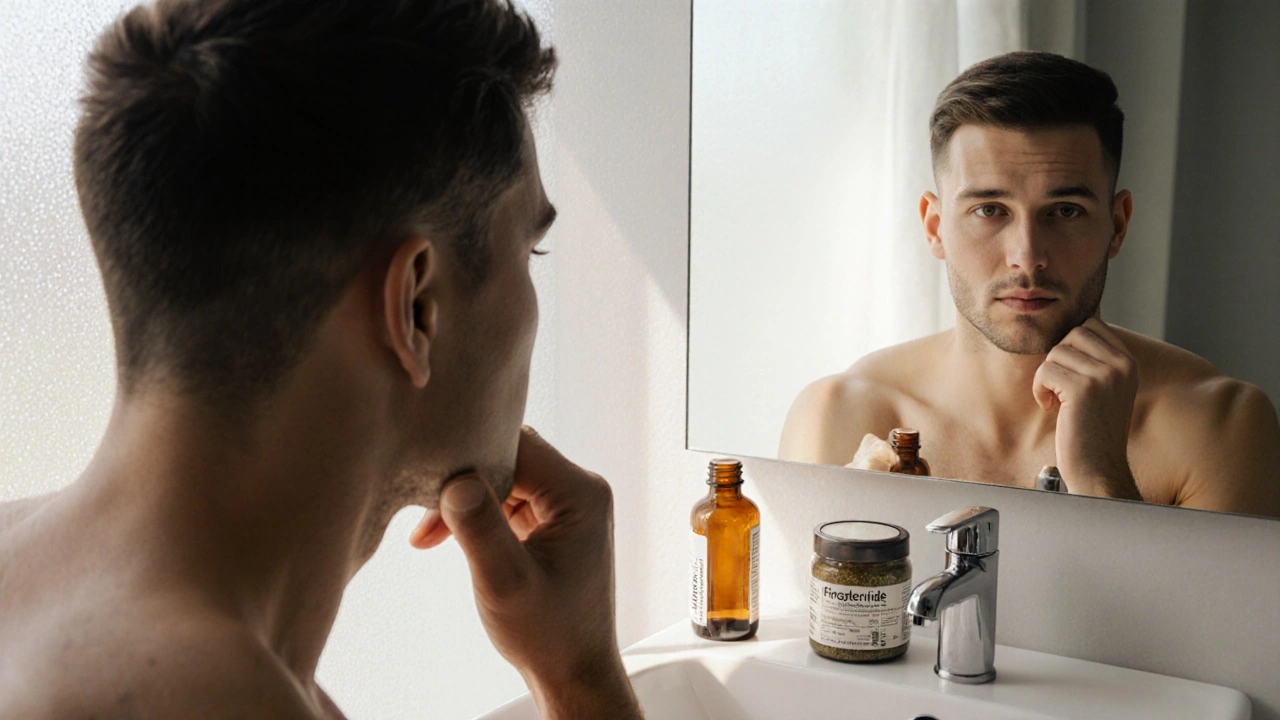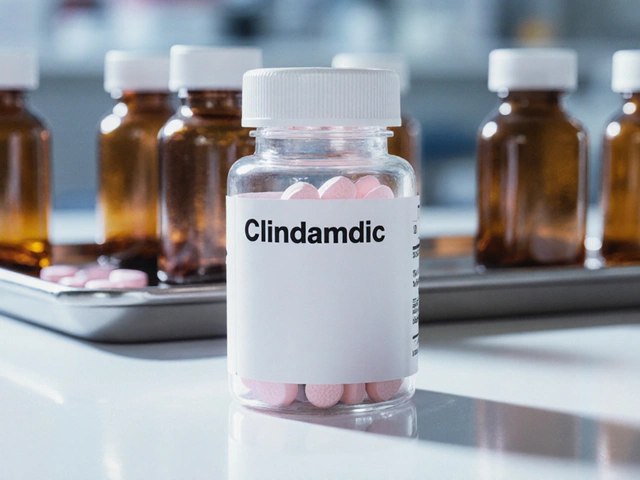Finasteride vs Alternatives: What You Need to Know
When dealing with Finasteride, a 5‑α‑reductase inhibitor used for enlarged prostate and male‑pattern hair loss, also called Propecia, many wonder how it stacks up against other options. Dutasteride, a similar enzyme blocker approved for benign prostatic hyperplasia is one close rival. For those focused on hair, Minoxidil, a topical vasodilator that promotes follicle growth and Spironolactone, an anti‑androgen often prescribed to women represent popular non‑oral routes. Understanding how these agents differ in mechanism, side‑effect profile, and cost helps you pick the right path.
Key Factors to Compare
Finasteride works by blocking the conversion of testosterone to dihydrotestosterone (DHT). That reduction slows prostate enlargement and shrinks hair follicles that cause male‑pattern baldness. Dutasteride blocks both type I and type II 5‑α‑reductase enzymes, giving a stronger DHT drop but also a higher chance of hormonal side effects. Minoxidil takes a completely different route – it widens blood vessels in the scalp, delivering more oxygen and nutrients to hair follicles. Spironolactone, on the other hand, antagonizes androgen receptors, which is why it’s useful for women with hormonal hair loss.
When it comes to efficacy, studies show Finasteride reduces hair loss in about 85 % of men and shrinks the prostate by up to 30 % in most patients. Dutasteride often shows slightly better prostate reduction, but the hair‑regrowth advantage isn’t dramatically higher. Minoxidil can regrow hair in about 40‑50 % of users, but results vary widely and require continuous application. Spironolactone’s hair‑growth data is strongest in female patients, where it can improve density by 30‑60 % when combined with other treatments.
Side effects create the biggest decision point. Finasteride may cause sexual dysfunction, decreased libido, or mild mood changes in a small subset of users. Dutasteride shares those risks and adds a higher chance of breast tenderness because it suppresses more DHT. Minoxidil’s most common complaints are scalp irritation and unwanted facial hair growth. Spironolactone can lead to menstrual irregularities, potassium imbalance, and occasional dizziness. Weighing these profiles against your personal health priorities is essential.
Cost and accessibility also shape the choice. Finasteride is available as a low‑cost generic, making long‑term therapy affordable. Dutasteride’s generic version is pricier, though insurance often covers it for BPH. Minoxidil is sold over the counter in foam or solution, but daily use adds up. Spironolactide requires a prescription and may need blood‑test monitoring, which can increase overall expense. If you’re weighing Finasteride against other choices, keep these points in mind.
Below you’ll find a curated set of articles that dig deeper into each comparison, side‑effect management tips, and buying guides. Whether you’re looking for a quick overview or detailed dosing info, the collection ahead covers the full spectrum of Finasteride alternatives.

Finasteride (Fincar) vs Top Hair‑Loss Alternatives: A Detailed Comparison
Compare finasteride (Fincar) with top hair‑loss alternatives, covering how each works, side‑effects, cost, efficacy, and tips for choosing the right treatment.
View More




